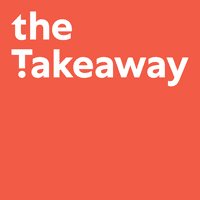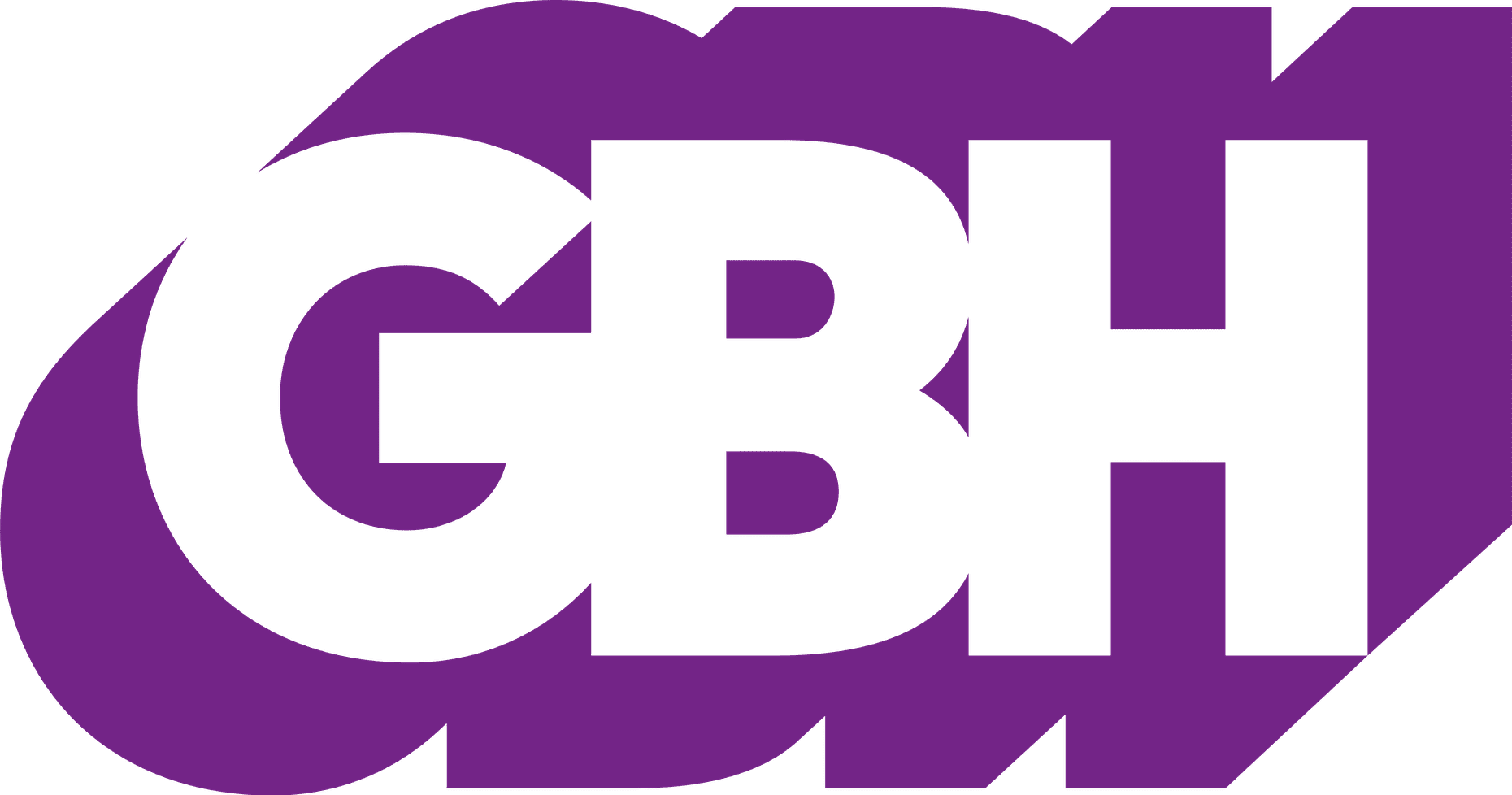What The 1992 Watts Truce Can Teach Us 30 Years Later
Melissa Harris-Perry: I'm Melissa Harris-Perry. You're listening to The Takeaway.
Female Speaker 2: The four LAPD officers in the Rodney King beating case found not guilty on all counts except one.
Melissa Harris-Perry: 30 years ago tomorrow, Los Angeles riot after the acquittal of four LAPD officers who brutally beat Rodney King. The unrest lasted for five days. More than 10,000 national guardsmen and 2,000 federal troops were deployed. More than 50 people lost their lives. The events caused nearly a billion dollars in property damage.
Aqeela Sherrills: The Rodney King trial brought out the anger and frustration that people were experiencing every day in community with a police department that was engaged in excessive force issues, that were harming people and very, very little was being done.
My name is Aqeela Sherrills. I am the co-founder of the Community Based Public Safety Collective and the president and board chair of the Newark Community Street Team.
Melissa Harris-Perry: Sherrills has been organizing for community based public safety for more than three decades.
Aqeela Sherrills: That day was historic. It also gave birth to what I consider to be one of the most progressive public safety strategies in the history of this country, which was the emergence of the peace treaty, which now has culminated into a home movement around community-based public safety.
Melissa Harris-Perry: The peace treaty Sherrills is referring to here was finalized on April 28th, one day before the acquittal of the officers. Four Black gangs from public housing communities in Watts worked together to reach a cease fire. Sherrills, who was a member of the Grape Street Crips was part of brokering that deal. He says the ceasefire stayed in effect for roughly a decade. I spoke with Sherrills to mark the 30th anniversary of this truce.
Aqeela Sherrills: You know for years, violence was labeled in the community as gang violence. We know that that label in itself dehumanizes people behind it and it desensitize the public to the plight of those individuals who are suffering underneath the trauma. When folks utilize language like riot it puts the onus on the people who are being victimized, as if they are responsible for the trauma and for the harm that they've suffered.
We like to utilize the word rebellion or unrest because essentially, this was a systemic problem that had been happening for decades in LA and across the country in Black and Brown communities.
Melissa Harris-Perry: Sticking on that idea. Let's go to another word, the word gang. When we say the word gang, I think you're right, it presumes, it reflects all kinds of misunderstandings often. Talk to us about the Bloods and the Crips and what it means to try to use language that fully understands what those organizations mean for the young people involved.
Aqeela Sherrills: Sure. Gangs are essentially surrogate families because many of those who are participating in these urban gangs lost their nuclear family to the real killer, which is poverty, which is organized and systemic. So, people joined gangs out of a way of protecting themselves. Talking about the history of the Crips and Bloods, before these organizations were formal, these were a loosely set of men and women living in neighborhoods who were protecting themselves against groups like the Spook Hunters out of Compton, which was a group of White boys who would come to Watts and just victimize people just because they were Black.
This whole idea of gangs, like Black American Gangs, Latino Gangs are all very different, but when you say gang, it invokes in people's imagination the Mafia, that they're organized and centralized, that they have a treasury and the armory. When the reality of Black American gangs is that they're decentralized, they're fractured and many people again, join gangs out of a sense of belonging.
Melissa Harris-Perry: I never want to think of good as necessarily springing out of the bad. I think in certain ways that it allows us to say that we don't need to address accountability for the harm that was done, but there is this extraordinary manifestation, this new model of community-based intervention. Talk to me about 1992 and the peace treaty. What is this treaty?
Aqeela Sherrills: The peace treaty emerged out of the suffering and the conflicts that existed between warring neighborhoods. In my neighborhood, Watts, the largest concentration of public housing West of the Mississippi, your large concentration of poor people and all of their problems, there was a conflict that happened maybe in the early '70s that created a rift within the community. Over that conflict between a brother from the Nickerson Gardens and the Jordan Downs, hundreds of people lost their lives over a period of about 30 years.
When I was coming up in the '80s, it was the height of the crack cocaine war as well. Crack cocaine blew through our neighborhood like hurricane Katrina, upturning families. I mean, just decimated the community. Our cry for help was falling on deaf ears. Those who were involved in this interesting battle that was happening in the neighborhood, we got a level of consciousness because of the music that was coming out of the East Coast. Public Enemy, X Clan, KRS-One, this music inspired us the whole Stop the Killing Movement. We started engaging in different conversations with brothers from all across the city and sisters from all across the city, about how can we stop this war that nobody was winning.
Every time somebody died, we poured a little drink for them. We hit their name up on the wall for remembrance, but no one was there to provide direction and guidance for the kids. You said something earlier about sometimes the gift is in the wound, that's my believe. I believe that it's always darkest before dawn. Right before things just turned all the way left, a small group of men and women band together and we engaged in years of conversation and dialogue.
My brother Daud, did the research on the Egyptian-Israeli peace accord. We got this document and we transformed it and changed it and we utilized it as the basis for this peace agreement that we developed between the four major housing projects. Because Watts was ground zero for gangsterism on the West Coast and hip hop culture, we utilized that visibility as a way of inviting other neighborhoods from across the city into this conversation and it dominoed all across the city. The city adopted our overall strategy and then brought in the academics to study our work. Organizations grew out of that, like David Kennedy with the National Network of Safe Community, who created this whole targeted deterrent strategy and ceasefire model.
Our work was absorbed by the City of LA, so they created Bridges 1 and Bridges 2 as the first prevention and intervention programs. Then later on, changed it into GRYD, which it is today the Gang Reduction Youth Development Program. This work, it's consistently it growing and expanding, but yes, it all started with a group of men and women in the neighborhood who were just fed up with waiting for elected officials, law enforcement, other folks to come in and solve our problem. The whole model of the peace treaty was that nobody could stop this war, but us.
Melissa Harris-Perry: Even as you're talking about this, it resonates so strongly. It sounds so much like so many of the young people that I've been talking with since 2020, who are reimagining, redefining notions of public safety and that even as defund the police, it was a really powerful and useful tool for describing this reimagining, that it really is this question of what actually makes us safe? What leads us to experience safety in our communities?
Reflecting on 2020, were you raising your hand? Were you like, "Yes we actually have done some of this work"?
Aqeela Sherrills: Absolutely. That's right. Community violence intervention are what we call community based public safety because we're defining ourselves today, has been around for 30 years. It's evidence-based, it has anecdotal support as well as community support. The thing that it didn't have was a strategic investment in political will behind it. The public execution of George Floyd was truly an inflection point in this country because prior to that, people wouldn't even consider that law enforcement wasn't this single ubiquitous kind of place for public safety in our communities.
I think that George Floyd's death created an opening in people's imagination to realize that law enforcement is only one aspect of an ecosystem around public safety and that public safety is not just the absence of violence and crime.
Public safety is also the presence of wellbeing in the infrastructure to support victims and survivors in their respective healing journey. That you literally cannot have public safety without the public as a real constituency in the conversation. We utilized this framing around reimagining public safety. We were actually talking about it before it became popular, hosted some really powerful town hall conversations in the City of Newark, with all of the key stakeholders, folks from all across the country to talk about how you reimagine public safety. Reimagining public safety is not just about more investment in de-escalation strategies and procedural justice and body cams for cops, it also has to be about investing in community based and community led strategies and solutions that have worked in neighborhoods. Then also investing in those infrastructure like systems, that help to make neighborhoods safe.
Public safety is an abstract idea to most people. Again, if you say public safety and most people will say police. We don't know how we enter the public safety conversation because for so long, it's been a domain that's owned by law enforcement. I think that with reimagine, it's given us an opportunity to really expand our perception and conception of what public safety could look like. Community violence intervention is essentially a complementary strategy to policing. It's about training residents in neighborhoods in conflict resolution, mediation de-escalation strategies through a trauma informed lens, through a public health approach because the public health approach says that those who are closest in proximity to the violence, have to be equipped with the skills, the tools and the resources to actually do the intervention, the prevention and the treatment.
Melissa Harris-Perry: I want you to put this down where the goats can get it. For my listeners who are like, "This just isn't my life. I don't know what we're talking about here." Give me a lived example of this. When is a moment when this version of public safety intervenes and behaves, gives us an outcome that is different than what we might have by calling 911?
Aqeela Sherrills: Here's an example. In the city of Newark, Newark has been, in the past, was on the top 10 most violent city list for almost 50 consecutive years. There was a conflict that started at one high schools in Newark at West Side High School between two rival groups famous boys and Pilgrim village. This conflict had brewed out to control for almost 10 years. There was probably a dozen bodies exchanged between these two neighborhoods and the conflict started over a young woman on the high school campus 10 years ago. After the body start to drop, people forget about what was the initial infraction that caused the the conflict.
For years, law enforcement was picking off individuals within the conflict. They would have intelligence, but because folks wouldn't come to testify against each other in court, there was no case. As I said, there's a pretty high threshold for arrest and prosecution, so these individuals were left harming each other in the street. In comes the Newark community street team, the City of Newark's Community Based Public Safety Initiative that hires and trains non-traditional leaders, ex-gang members, ex-convicts, ex-drug dealers, trained highly in conflict resolution, mediation, de-escalation strategies, but most importantly, they live in this neighborhood. They are the demographics that they serve. They know all, they know Pooky, Raheem and Sabrina.
Essentially, over a two-year period, key partners in the city from the Newark Community Street Team from the Newark Anti-violence Coalition met with both sides of the conflict. We pulled them to the table. We had significant dialogues and discussions about being able to mediate the conflict. We brought the two key leaders in that conflict to the table, talked with all of the associates. Like I said, over a period of three years, we were able to mediate that conflict to a peaceful resolve. Even law enforcement's role in it because when shootings would happen, because there was a high threshold around the arrest and prosecution, it was one way intelligence giving.
They would call us and give us the intelligence that they had because they knew that there was nothing that they could do around the maintenance of those conflicts. They would give us their intelligence and share with us, so that we could actually step in the gap to prevent some of the retaliatory violence that would happen around this incident. It was unprecedented being able to mediate that conflict to a peaceful resolve. Positioning community based public safety as a core strategy within the city's coordinated approach to public safety, this work has been just consistently growing as a result.
Melissa Harris-Perry: Aqeela Sherrills, thank you for joining us here on The Takeaway.
Aqeela Sherrills: Thank you so much, Melissa. I appreciate you.
Melissa Harris-Perry: That was Aqeela Sherrills, co-founder of the Community Based Public Safety Collective and president and board chair of the Newark Community Street Team. Stay tuned for more on 30 years since the acquittal of the officers who beat Rodney King. We're going to be back next with a look at the impact of that week on LA's Korean American Community.
Copyright © 2022 New York Public Radio. All rights reserved. Visit our website terms of use at www.wnyc.org for further information.
New York Public Radio transcripts are created on a rush deadline, often by contractors. This text may not be in its final form and may be updated or revised in the future. Accuracy and availability may vary. The authoritative record of New York Public Radio’s programming is the audio record.



